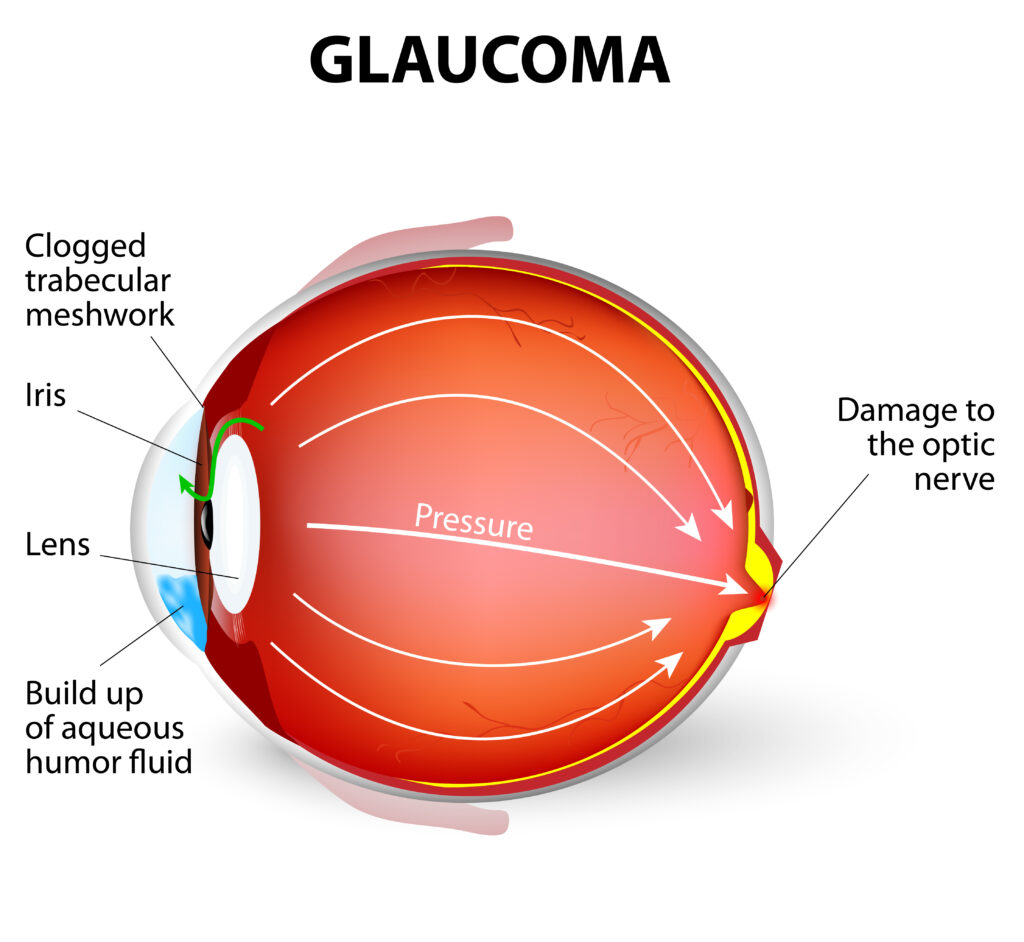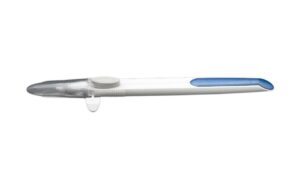Glaucoma is one of the leading causes of blindness in adults over 60. It’s often called the Silent Thief of Sight as it doesn’t show any symptoms in the early stages.
When most patients experience vision loss, they cannot regain that vision as it’s permanent and irreversible. But if you have glaucoma, there is treatment.
Treatment can’t reverse any damage already done by the eye condition, but it can prevent further damage, preserving your vision for many years. One newer treatment for glaucoma is called Durysta.
Durysta can only treat one kind of glaucoma. However, it treats the most common form of glaucoma: open-angle glaucoma.
Keep reading to learn about Durysta and what kind of glaucoma it can treat.
What is Glaucoma?

Glaucoma is the name given to a group of eye conditions that all cause damage to the optic nerve. The optic nerve connects your eyes to your brain, conveying signals into images.
Without it, the information about what you see couldn’t travel from your eye to the rest of your neural pathways. When the optic nerve becomes damaged, it’ll eventually have trouble sending all the information about what you’re seeing, starting with your peripheral vision.
This is why patients with glaucoma can lose their peripheral vision entirely. Eventually, glaucoma can cause a patient to experience tunnel vision to the point that only the very center of their visual field remains.
In almost all cases of glaucoma, damage to the optic nerve occurs due to high intraocular pressure, or IOP. High intraocular pressure usually happens because of a buildup of aqueous.
Aqueous is the fluid that fills the eye. This fluid is supposed to flow in and out of the eye, but it can build up if the drainage channels become blocked off. The rise in pressure strains the optic nerve.
The longer pressure gets put on the optic nerve, the more likely it will become damaged. If the pressure isn’t alleviated, this damage is inevitable.
Open-Angle Glaucoma
The angle in open-angle glaucoma refers to the gap between the cornea and iris. This is the primary drainage channel for the aqueous.
In rarer forms of glaucoma, this channel can become blocked off, causing a rapid rise in intraocular pressure. But in open-angle glaucoma, this channel remains open.
However, the smaller channels in the eye, called the trabecular meshwork, become blocked, making it hard for fluid to drain as it should from the eye. This form of glaucoma is by far the most common, making up more than 90% of all glaucoma cases.
Open-angle glaucoma causes a gradual increase in intraocular pressure. Once intraocular pressure becomes elevated, it can take a long time for any symptoms to appear.
Any damage suffered to the optic nerve happens slowly as well. Open-angle glaucoma is manageable with eye drops if caught in the early stages.
These eye drops lower intraocular pressure. However, to be effective, patients must take these prescription eye drops every day indefinitely.
The good news for glaucoma patients, though, is there is now an alternative to daily eye drops called Durysta.
What is Durysta?

Durysta is a treatment for open-angle glaucoma. Durysta can also be given to patients with elevated intraocular pressure levels who have yet to develop open-angle glaucoma.
It’s an implant that’s placed directly in the eye. The implant is made from a medication that slowly dissolves.
It gets released into the eye to lower intraocular pressure over a long period. This treatment is an alternative to daily eye drops.
How Durysta Works
The Durysta implant is tiny and is easily implanted into the eye through a painless, non-surgical procedure that your eye doctor can perform at Loden Vision Centers. The implant is made entirely of a medication called bimatoprost.
Bimatoprost is a medication that helps reduce intraocular pressure in patients with open-angle glaucoma. As the implant sits in the eye, it gradually dissolves, releasing bimatoprost.
The bimatoprost targets the trabecular meshwork, which helps to lower intraocular pressure. Ophthalmologists believe this is because the bimatoprost increases the flow of aqueous through the trabecular meshwork.
The Durysta implant releases medication over a 4-5 month period. After this period, the implant will have dissolved completely.
Once the Durysta implant dissolves, you won’t have to have it removed, as nothing is left in the eye. The FDA has approved Durysta for treatment once per eye.
However, the FDA is working on approving Durysta treatment so patients can undergo it multiple times. If and when multiple treatments are approved, you may be able to receive another Durysta implant.
Who is a Good Candidate for Durysta?

Most patients with either mild open-angle glaucoma or those with elevated intraocular pressure make good candidates for Durysta. The treatment is excellent for patients who struggle to take daily eye drops.
Durysta is designed to replace daily eye drops, but if you have a severe enough case of glaucoma, the implant might not be enough on its own. Talk to your eye doctor about Durysta and whether it’s right for you and your particular case of glaucoma.
Do you take eye drops for glaucoma? Find out if Durysta could help you no longer have to take them daily by requesting an appointment at Loden Vision Centers in Nashville, TN, now!


